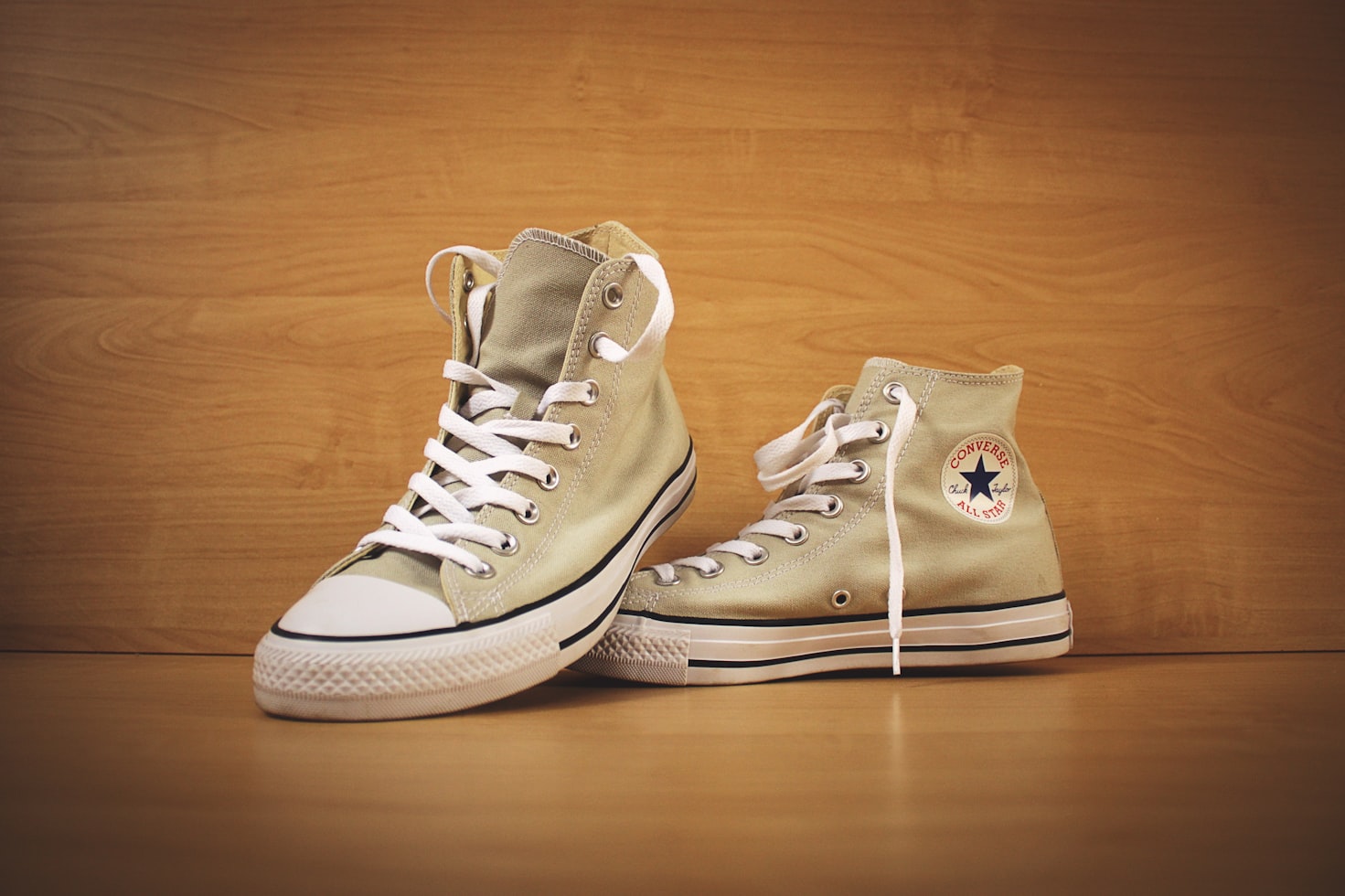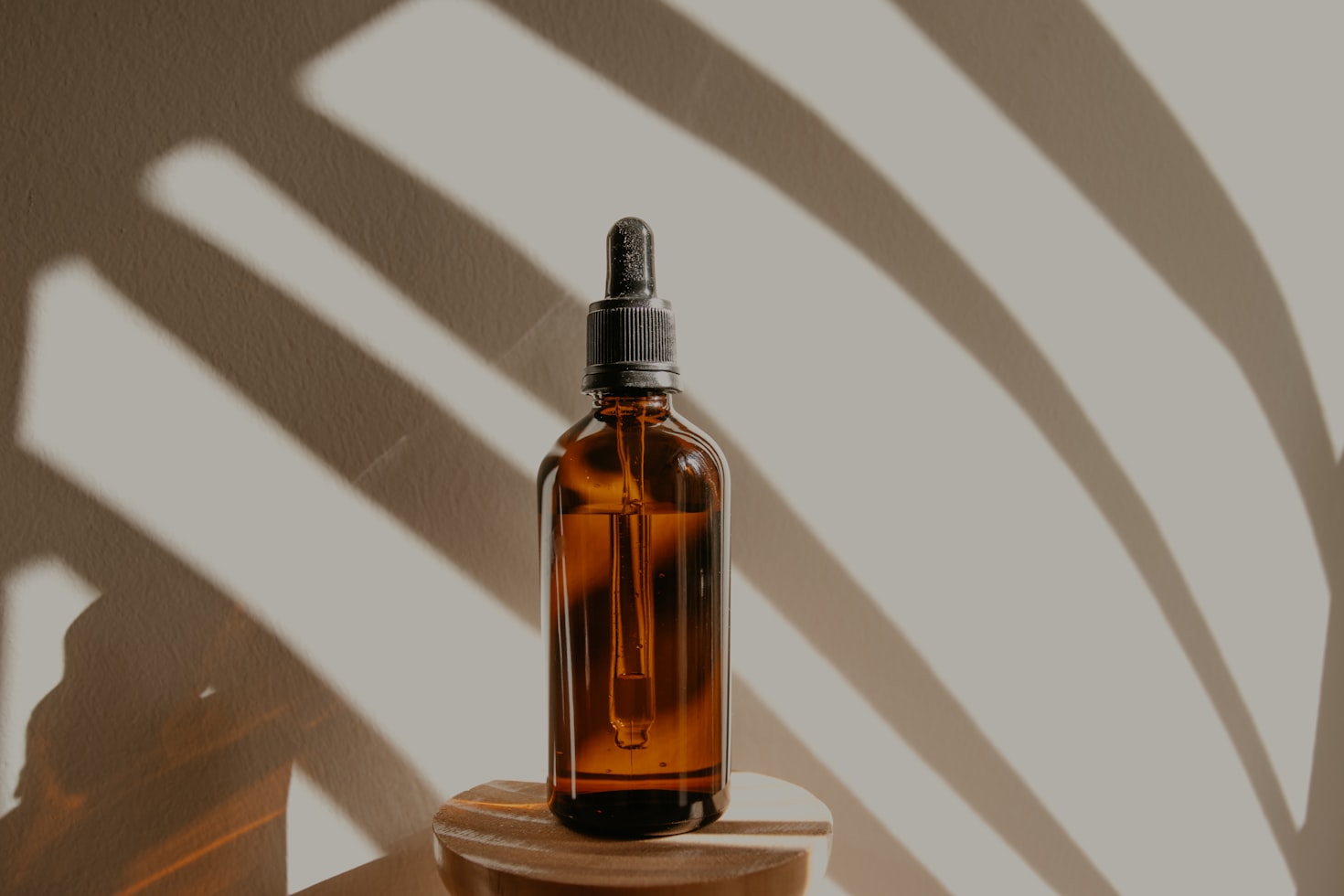As an e-commerce brand owner, understanding how to edit product photos effectively is crucial in capturing and retaining customer interest. This article, guided by the AIDA framework, will explore practical tips to enhance your product photography, ensuring they not only attract attention but also drive sales.

Tip #1: Know Your Customer
Knowing your customer is crucial when it comes to photo editing. It involves understanding their preferences, expectations, and desires. By gaining insight into your target audience, you can tailor your edits to resonate with them on a deeper level. This means considering factors such as their age, gender, interests, and cultural background.
When you know your customer, you can create images that speak directly to their desires. For example, if your target audience is young and trendy, you might use vibrant colors and bold editing techniques to capture their attention. On the other hand, if your audience is more mature and sophisticated, you might opt for a more refined and elegant editing style. By understanding your customer’s preferences, you can ensure that your photo edits are visually appealing and engaging to them, increasing the chances of connecting with them on a deeper level.
Tips #2: Storytelling Through Images
Storytelling through images is a powerful technique that can greatly enhance customer engagement. Instead of simply showcasing your product in a static and generic manner, you can use visual storytelling to create a deeper connection between the customer and the product. By crafting a narrative around your images, you can evoke emotions, spark curiosity, and captivate your audience.
When telling a story through images, consider the context in which your product is used or the problem it solves. Think about the emotions you want to evoke in your customers and how your product can contribute to their lives.
For example, if you’re selling outdoor gear, you might create images that depict adventurers conquering challenging terrains or experiencing moments of joy and fulfillment. By doing so, you’re not only showcasing the features of your product but also painting a picture of the lifestyle and experiences associated with it.

Tip #3: Remove Distractions and Imperfections
Removing distractions and imperfections from your product images is crucial in highlighting the best features of your product. When customers are browsing through your website or online store, they want to see clear and focused images that allow them to fully appreciate what you’re offering. By eliminating any unnecessary elements or distractions in your photos, you can ensure that the focus remains solely on the product itself.
One effective technique for achieving this is retouching. This involves enhancing the image by adjusting colors, contrast, and sharpness to make the product stand out. Retouching can also help remove any minor imperfections or blemishes that may be present, ensuring that the product looks its best.
Additionally, background removal is another useful technique that can help eliminate any distractions and create a clean and professional look. By isolating the product from its surroundings, you can draw attention to its unique features and make it the focal point of the image.
Tip #4: Choose the Right Background
The background choice can have a significant impact on how your product stands out and captures the attention of potential customers. One option is to use a white background, which provides clarity and a clean look. By eliminating distractions, customers can focus solely on the product itself, allowing them to see its details and features without any visual interference. A white background also gives a professional and polished look to your product images, making them suitable for various marketing materials.
Alternatively, colored backgrounds can be used to create a specific mood or atmosphere around your product. The choice of color can evoke emotions or associations that resonate with your target audience

Tip #5: Balance Lighting and Shadows
Properly balancing these elements can enhance the overall visual appeal of your photos and make your product appear more realistic and enticing to potential customers. Lighting plays a crucial role in highlighting the key features and details of your product, while shadows add depth and dimension.
To achieve a balanced lighting setup, it is essential to consider the direction, intensity, and quality of light. The direction of light can create different effects and highlight specific areas of your product. For example, side lighting can create dramatic shadows and emphasize texture, while front lighting can evenly illuminate the entire product. The intensity of light should be adjusted to avoid overexposure or underexposure, ensuring that all details are visible without any harsh glare or dark areas. Additionally, using diffusers or reflectors can help soften the light and reduce harsh shadows.

Tip #6: Ensure Color Accuracy and Appeal
When customers view your product images, they rely heavily on the colors depicted to make purchasing decisions. Therefore, it is essential to ensure that the colors in your photos accurately represent the actual product. Inaccurate colors can lead to customer disappointment and dissatisfaction, potentially resulting in returns or negative reviews.
To achieve color accuracy, it is crucial to use proper white balance settings on your camera or adjust it during post-processing. White balance helps neutralize any color casts caused by different lighting conditions, ensuring that the colors in your photos appear true to life. Additionally, using color calibration tools or software can help maintain consistency across different devices and platforms, ensuring that customers see consistent and accurate colors regardless of the device they are using.
Tip #7: Add Shadows for Depth
Shadows play a crucial role in making an image appear three-dimensional, adding a sense of depth and dimensionality to the product. By strategically placing shadows, you can make the product stand out and create a more visually appealing image.
When adding shadows, it is essential to consider the direction and intensity of the light source. By replicating the natural lighting conditions, you can create realistic shadows that enhance the overall appearance of the product. Shadows can be used to define the shape and contours of the product, making it appear more tangible and lifelike. Additionally, shadows can help separate the product from the background, providing a clear distinction and drawing attention to the main subject.
However, it is crucial to use shadows judiciously and avoid overdoing it. Excessive or unrealistic shadows can distract from the product itself and make the image appear artificial. The goal is to strike a balance between adding depth and maintaining a natural-looking image. By carefully considering the placement and intensity of shadows, you can create visually appealing product images that effectively showcase the product’s features and enhance its overall presentation.
Tip #8: Utilize Lifestyle Composites
By showcasing the product in use, you can create a stronger connection between the customer and the product, allowing them to imagine how it would fit into their own lives. Lifestyle composites provide a sense of relatability and authenticity, making the product more appealing and relatable to potential buyers.
When creating lifestyle composites, it is crucial to consider the target audience and their preferences. The context in which the product is presented should align with the lifestyle and aspirations of the target market. By carefully selecting the setting, props, and models, you can create a visual narrative that resonates with your customers. Lifestyle composites can also help highlight the unique features and benefits of the product by demonstrating its practicality and functionality in real-life situations.
Tip #9: Optimize Image Size for Web
When it comes to online platforms, speed is crucial, and large image files can significantly slow down a website’s loading time, leading to a poor user experience. By reducing the file size of images, you can improve website performance and enhance user satisfaction.
To optimize image size for the web, it is essential to find the right balance between file size and image quality. Compression techniques such as resizing, cropping, and compressing can be employed to reduce the file size while maintaining acceptable image quality. Resizing the image to the appropriate dimensions for web display can significantly reduce file size without sacrificing visual impact. Additionally, cropping unnecessary elements from the image can further reduce its size.

Tip #10: Incorporate SEO Practices
One crucial aspect of SEO is optimizing images by using relevant alt text and file names. Alt text, also known as alternative text, is a description that is added to an image’s HTML code. It serves as a textual representation of the image and provides context for search engines to understand what the image is about. By using descriptive alt text that includes relevant keywords, you can improve the chances of your images appearing in search engine results when users search for related content.
In addition to alt text, optimizing file names can also contribute to better search engine visibility. When saving an image file, it is recommended to use descriptive file names that accurately reflect the content of the image. This allows search engines to understand the relevance of the image to specific search queries. By incorporating relevant keywords into the file name, you can increase the likelihood of your images being discovered by search engine users.
Tip #11: Create Dynamic Content
In today’s digital landscape, where attention spans are shorter and visual content is highly engaging, using animated GIFs or videos can be an effective way to capture the interest of your audience. By showcasing products from different angles or in action, you provide a more immersive and interactive experience for potential customers.
Animated GIFs are a popular choice as they are easy to create and can be embedded directly into web pages or social media posts. They allow you to highlight specific features or demonstrate how a product works in a concise and visually appealing manner. Short videos, on the other hand, provide an even more dynamic experience by allowing you to showcase products in action or provide tutorials. By incorporating these dynamic elements into your content, you can effectively communicate the value and benefits of your products or services, making them more enticing to potential customers.

Tip #12: Consistency in Editing Style
When it comes to showcasing products, visual appeal plays a crucial role in capturing the attention of potential customers. By maintaining a consistent editing style, you create a cohesive and recognizable visual identity for your brand, which helps to establish trust and familiarity among your audience.
Consistency in editing style involves using similar color tones, lighting techniques, and overall aesthetic across all product photos. This ensures that your brand’s visual identity remains consistent and easily recognizable, regardless of the specific product being showcased. Whether it’s on your website, social media platforms, or marketing materials, having a consistent editing style helps to create a cohesive and professional look that reflects positively on your brand.
Conclusion
Applying these effective tips on how to edit product photos can transform your e-commerce imagery, making it a powerful tool in driving sales. Embrace these strategies to elevate your product presentation and captivate your audience.
Transform your Amazon product presentations with ProductScope’s AI-driven photography backdrops! Visualize your product in the perfect setting, from a sunny breakfast scene to a serene mountain peak. Our innovative AI Photoshoot technology turns your ideas into breathtaking, high-resolution images, all at a cost significantly lower than standard photoshoots. Elevate your product’s appeal with ProductScope – where your imagination meets reality. Begin your journey today!
Sign Up for ProductScope AI Today!
FAQs
How Do I Choose the Right Software for Editing Product Photos?
Selecting user-friendly yet feature-rich software like Adobe Photoshop or GIMP is crucial for effective photo editing.
What Are the Best Practices for Cropping Product Photos?
Filling the frame with the product ensures clarity and impact, avoiding excessive empty space.
How Important Is Background Selection in Product Photo Editing?
Choosing the right background, such as white or neutral tones, is essential for e-commerce photos, focusing attention on the product.
Can I Use Filters and Effects on My Product Photos?
Use filters and effects judiciously to maintain realism and credibility in your product representation.
How Can I Ensure My Product Photos Are Optimized for Web Use?
Optimizing image file size with tools like TinyPNG and including SEO-friendly alt text are key for web use.
What Role Do Lifestyle Photos Play in Product Photo Editing?
Lifestyle photos add depth and context, enhancing emotional connection with the product.
Is It Necessary to Have Professional Equipment for Product Photography?
Professional equipment is beneficial but not mandatory; good lighting and a decent camera can suffice.
How Do I Handle Color Accuracy in Product Photos?
Ensuring color accuracy is vital, especially for products where color is a key feature, like clothing.
What Are Some Common Mistakes to Avoid in Product Photo Editing?
Avoid over-editing, neglecting color accuracy, and using distracting backgrounds to maintain focus on the product.
How Can I Test the Effectiveness of My Product Photos?
Conduct A/B testing with various photo styles and edits, monitoring metrics like click-through and conversion rates for effectiveness.

